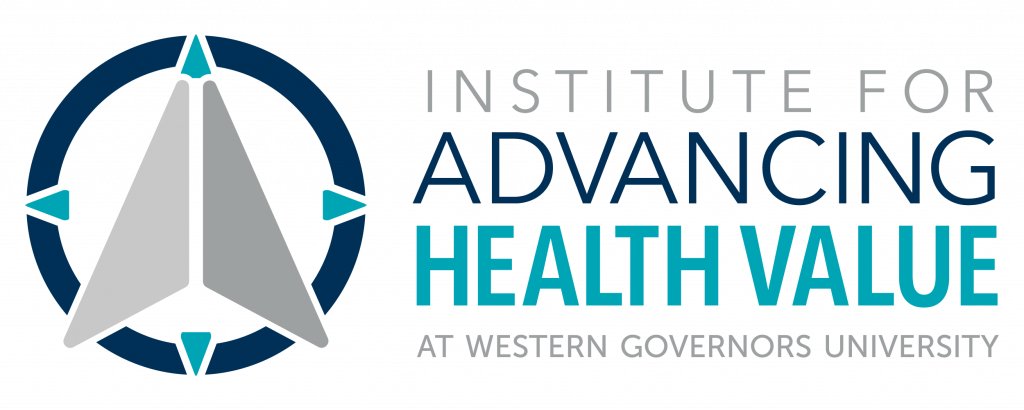Dear Colleagues,
When CMS announced in April that they were pausing new applications for the Global and Professional Direct Contracting (GPDC) Model, we at the ACLC were deeply concerned and disappointed. The GPDC model offers a powerful opportunity for advancing the US health care industry towards value. In the intervening months, I have had conversations with many of you seeking to gain insight into the intentions of CMS and the new Biden-Harris Administration as it pertains to the impact on the forward progress of value-based care.
I blogged recently on an interview with Liz Fowler, Director of the CMS Innovation Center (CMMI), and I was encouraged by her remarks on the GPDC model and other CMMI efforts that are aligned with the movement to value. While a future reopening and/or revision of the GPDC model is uncertain at this time, there is an immediate opportunity for medical practices and health systems in joining a Direct Contracting Entity (DCE) that is already established. If you have been approached to join a DCE, the ACLC wants to support you in the consideration of this opportunity.
CMMI selected 53 Direct Contracting Entities to participate in the model, with a goal of testing new risk-sharing payment arrangements aimed at improving the value of health care, while harvesting lessons learned from previous efforts involving Accountable Care Organizations and Medicare Advantage. Many of these DCEs (typically existing health care delivery organizations or newly-organized physician aggregators) are now seeking formal partnerships with providers in their area. These partnerships may facilitate an entry point for organizations who have not participated in prior CMMI models or those organizations more advanced in risk who wish to increase their value profile in a model that emphasizes beneficiary engagement and improved patient outcomes. Although the exact date is still uncertain, DCEs are expected to submit Participant and Preferred Provider Lists to CMS later this summer.
If your organization is one of the DCEs awarded this so-called “golden ticket” – we commend your leadership in moving away from fee-for-service. The GPDC model is a promising value-based purchasing option with significant upside (but it comes with the risk of significant downside exposure as well).
If your organization is being recruited to join a DCE, are you up to the challenge of evaluating your potential for success?
I strongly urge you to weigh this important opportunity to best position your organization for success. The composition of the GPDC model enables more favorable support and revenue-sharing profiles than previous models, but the timeline for partnering is short. While we’ve heard there is a significant commitment from CMMI to expand this payment model, we don’t know when (or even if) the next opportunity to apply will come. Therefore, it may behoove you to consider joining a preexisting DCE currently in place. In light of an extraordinary 2020, the potential for leveraging enhanced revenue streams from GPDC participation over the next several years is substantial.
To aid you in this decision, the ACLC offers the following ‘starter checklist’ that you might use to help consider your organizational alignment with the opportunity to contract and partner with a DCE. While not exhaustive, these are some key questions that should be part of any affiliation evaluation process:
How does VBC relate to the strategic goals of the DCE? How well do these goals align with your own organizational goals?
What are the current and future business models of the DCE?
How well does your organization align with the profile of the ‘ideal provider’ for this DCE? What metrics are emphasized? What other strengths or competitive advantages do you offer the DCE?
What is the risk of not joining the DCE? Will your organization be viewed as a cost center or risk losing market share to others who do?
What spectrum of shared-savings and risk-sharing opportunities are offered by this DCE? What is the glidepath for escalating risk-sharing over time?
What information analytics and support services are offered by the DCE? (frequency, stratification, level of detail, etc.)
In what situation are capital contributions required by the DCE? (how much, under what conditions, etc.)
What are the provisions for termination?
What are the requirements of contracting with the DCE? (exclusivity, duration, renewal, etc.)
Need more detail on the GPDC model and how your organization may benefit from participation? On Thursday, July 8, 2021 we will release a bonus Race to Value podcast on this topic with Dr. Tom Davis, a family physician and well-known ‘rock star’ in the world of VBC. The podcast is only 20 minutes long, but it is packed with information and insight from Dr. Davis. While you’re at the site, you can also check out the podcast “Choosing Your Path in Value: Direct Contracting vs. MSSP” that we recorded with Rick Goddard of Lumeris in January.
I am excited to see the GPDC model gaining momentum for launch. The inclusion of many more health care providers in alternative payment models can only increase the potential for learning and impact. The ACLC is here to support those of you who are leading the way in health value! We look forward to continuing to deliver the content and resources that will help you find success and illuminate the way forward for others.
Warm Regards,
Eric Weaver, DHA, MHA, FACHE, FACMPE
Executive Director, Institute for Advancing Health Value

